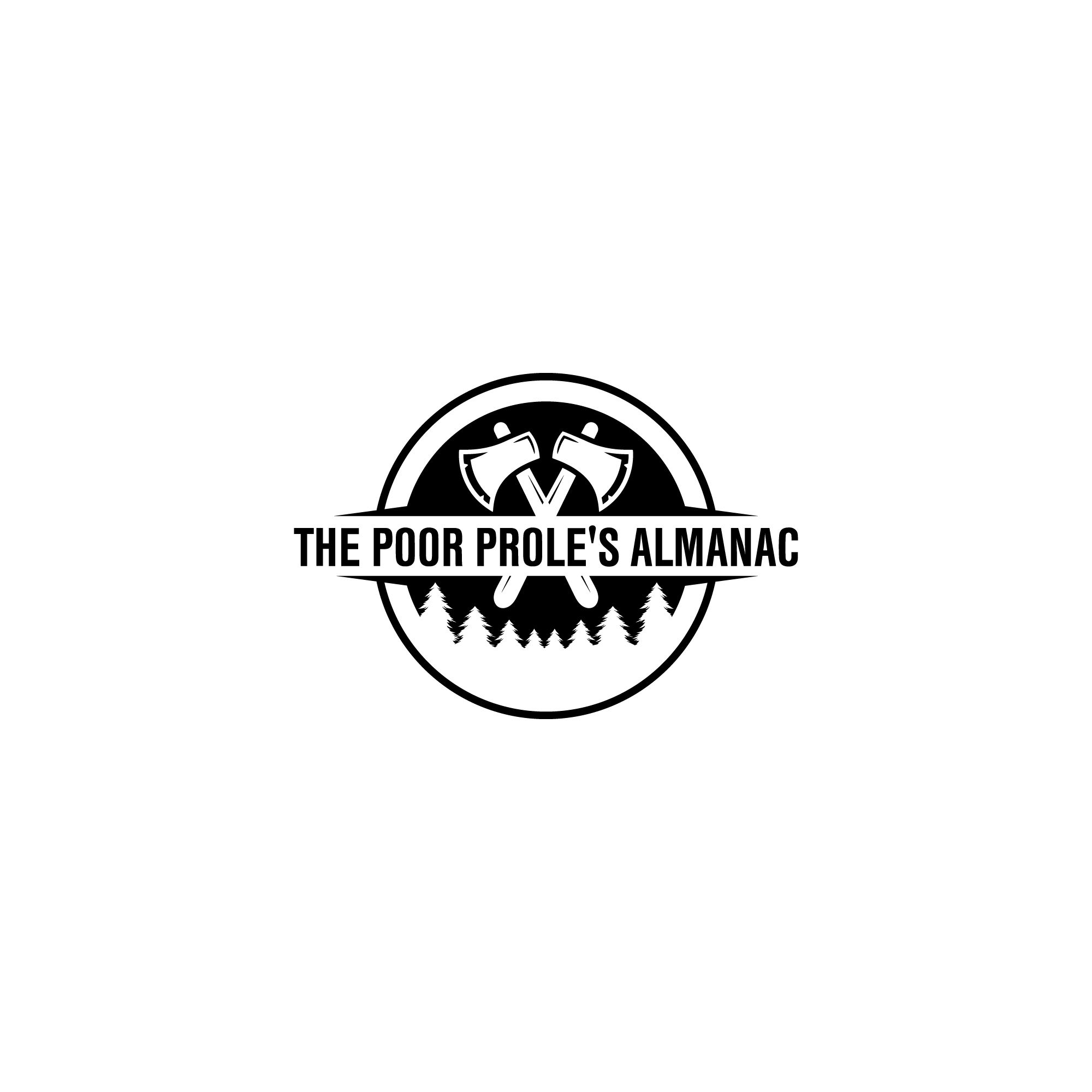The Fall of the Permanent Agriculture Movement
Description
In 1946, Paul Sears took the stage at the “Food & the Future” Conference to deliver a new vision of agriculture from a global, ecological perspective. In this speech, on the heels of World War 2, he credited Darwin & Kropotkin for providing a biological framework for the ethics humanity needed in order to make sense of what seemed like an unravelling world. Sears told his audience that “Our responsibility now has two facets—we are custodians of ourselves and our environment as well. We did not make and cannot change the laws under which we must work, but at least we can understand them.” The early 1940s had proven to be a time of maturation for the permanent agriculture movement, as the science and ethic of ecology had emerged as the central component of permanent agriculture.
How did it lose its momentum going into World War 2, and how did that impact the rise of the movements we see today in regards to alternatives to conventional agriculture?
To read about this unique period in history, check out the following substack for sources and further details: https://poorprolesalmanac.substack.com/p/the-20th-century-permanent-agriculture
To support this podcast, join our patreon for early episode access at https://www.patreon.com/poorprolesalmanac
For PPA Writing Content, visit: www.agroecologies.org
For PPA Restoration Content, visit: www.restorationagroecology.com
For PPA Merch, visit: www.poorproles.com
For PPA Native Plants, visit: www.nativenurseries.org
To hear Tomorrow, Today, our sister podcast, visit: www.tomorrowtodaypodcast.org/
More Episodes
Revolutionizing Agriculture: Harnessing Soil Bacteria for a Sustainable Future with Dr. Jim Ippolito
Published 11/09/24
Published 11/04/24
Published 11/04/24


